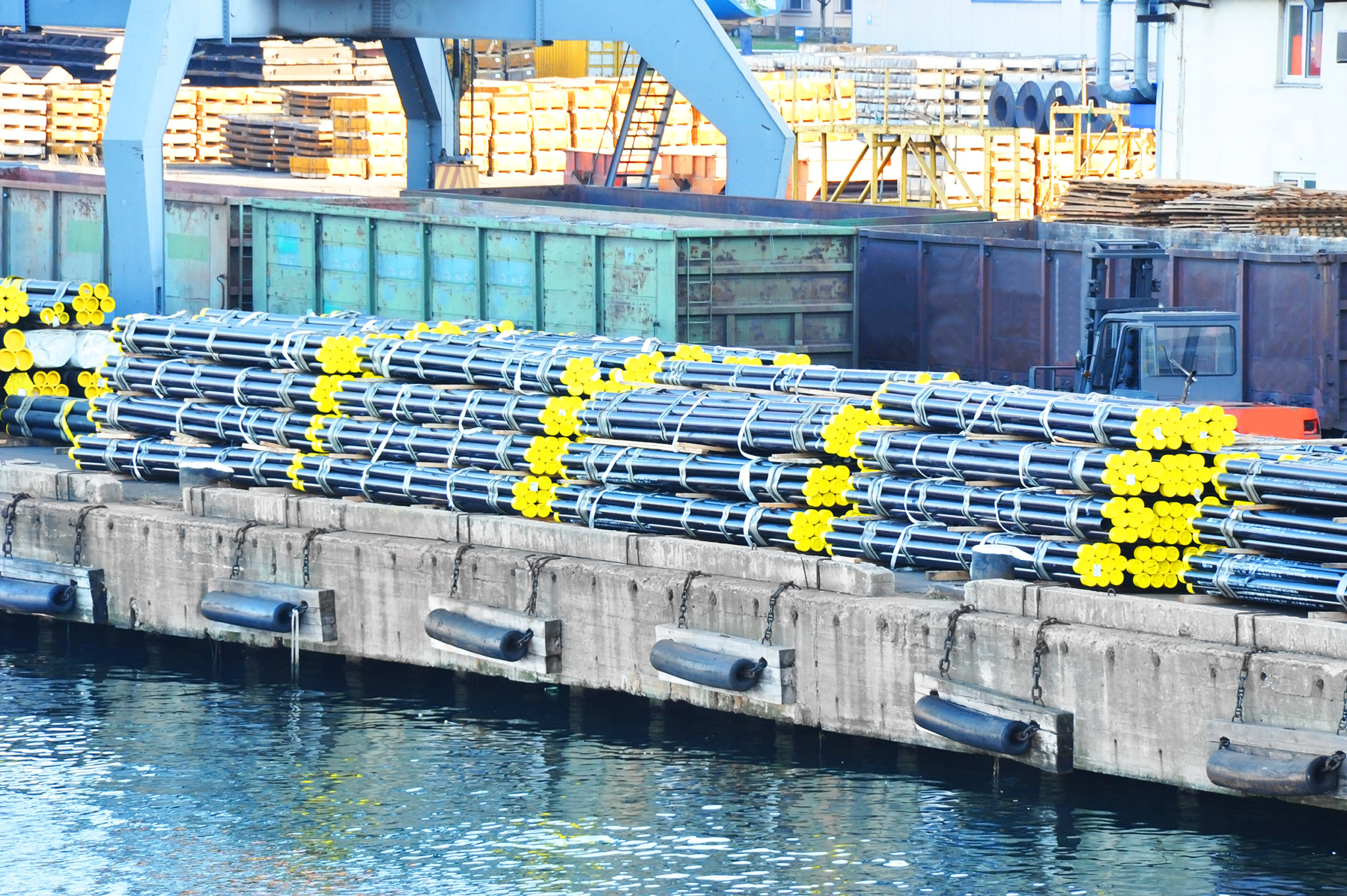
The Steel Import Monitoring and Analysis (SIMA) System at the Commerce Department allows U.S. steelmakers to monitor steel trade. But there are ways to make it better, especially given shifting global trends.
The Alliance for American Manufacturing joined with seven steel industry organizations and the United Steelworkers (USW) union on Monday in urging the International Trade Administration (ITA) at the Commerce Department to make key improvements to a program that is critical to monitoring steel import data.
The Steel Import Monitoring and Analysis (SIMA) System collects and publishes “early warning” statistics that give U.S. steelmakers and workers important insight on steel trade trends. The program has “allowed domestic producers to monitor steel trade trends in near real time,” and revisions made to SIMA in 2020 to require more information on original country of “melt and pour” is providing even more critical data, the organizations wrote to Dawn Shackleford, Executive Director of Agreements Policy & Negotiations at the agency.
But international trade is constantly in motion, and the “industry continues to face new and evolving trade challenges” that will require building “on the success of this vital program,” the letter reads, including by:
Expanding SIMA monitoring to downstream steel products. Countries seeking to evade U.S. trade enforcement often move “downstream” in the steel supply chain — think construction materials like steel bars or steel plates — and that means having accurate data for these products is key to monitoring steel trade.
“Access to these timely statistics would make it easier to identify potential transshipment and circumvention of Section 232 tariffs as well as the Section 301 China tariffs on downstream steel products,” the organizations write. “While we recognize that expanding the SIMA system to cover all downstream steel products would be resource-intensive, we encourage ITA to work with the domestic steel industry to identify a subset of steel products that would particularly benefit from increased import monitoring, e.g., those subject to existing AD/CVD orders or those for which producers can demonstrate that imports are capturing an increasing share of the U.S. market, displacing U.S. producers.”
It’s not just construction materials that would benefit from increased downstream monitoring. In fact, it was one of the suggestions made in our recent report, On a Collision Course, which examined the grave threat posed by cheap imports of Chinese automobiles. As we wrote: “Improved visibility into steel products and steel-containing products such as auto parts will provide policymakers with early identification of troubling trade flows, allowing for actions to prevent damage to the U.S. economy before it is too late.”
Increasing cross-border data sharing. The Biden administration has encouraged its trade partners to implement their own monitoring tools in order to “increase data-sharing and transparency and to detect and address evasion and circumvention of trade remedy laws as well as Russian sanctions,” the organizations write. But not every country is doing their part.
The letter points to Canada and Mexico as an example. The U.S. terminated Section 232 tariffs with both nations in May 2019, and both countries agreed to “address any surge in imports” and act “to prevent the transshipment of steel and aluminum from third countries.” Canada has done its part, but Mexico is lagging behind, the organizations argue.
“We are increasingly concerned that the official trade statistics issued by the Mexican Government improperly fail to identify the country of origin of certain articles entering Mexico (they are simply reported as “unidentified”),” the letter reads. “Without these critical data, it is impossible to identify illegally-traded products that may find their way to the United States. Further, Mexico has yet to stand up its export monitoring regime to ensure steel trade flows are in line with the 2019 joint agreement. We applaud the U.S. Government for its continued negotiations with the Mexican Government and hope to soon see a final agreement.”
Ensuring accurate import data. Above all, it is vital that the data provided by the SIMA program be as accurate as possible, the organizations write. But “not infrequently, the trade community detects errors in the SIMA data.”
“We urge continued vigilance and engagement with industry to ensure accurate data, which is necessary to understand trade flows and for effective enforcement of the Section 232 remedies as well as our trade remedy laws.” the organizations write.

